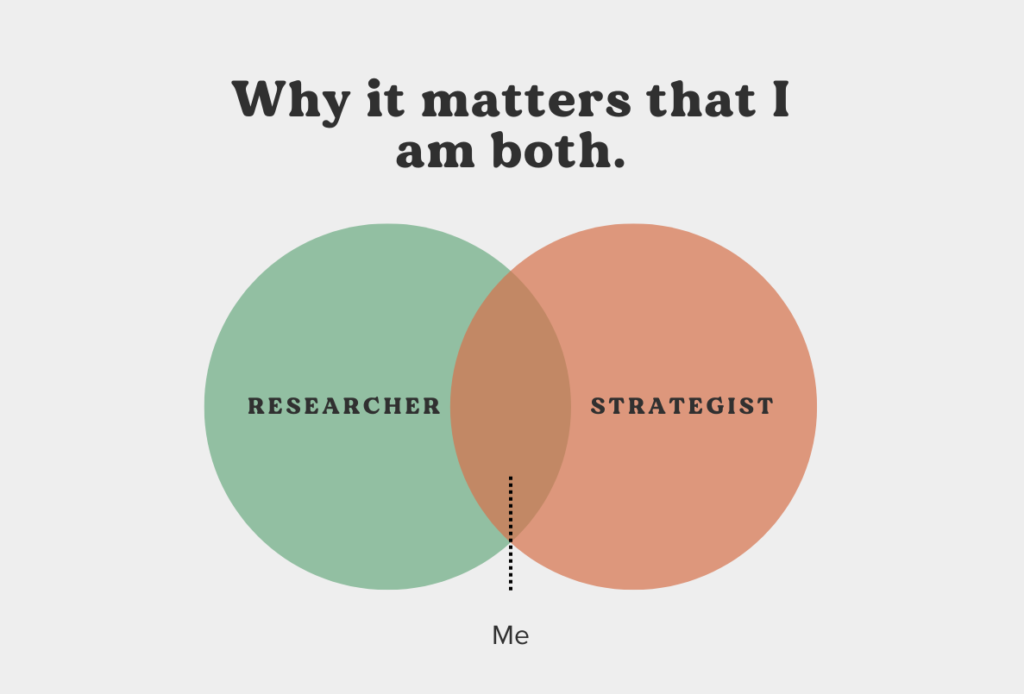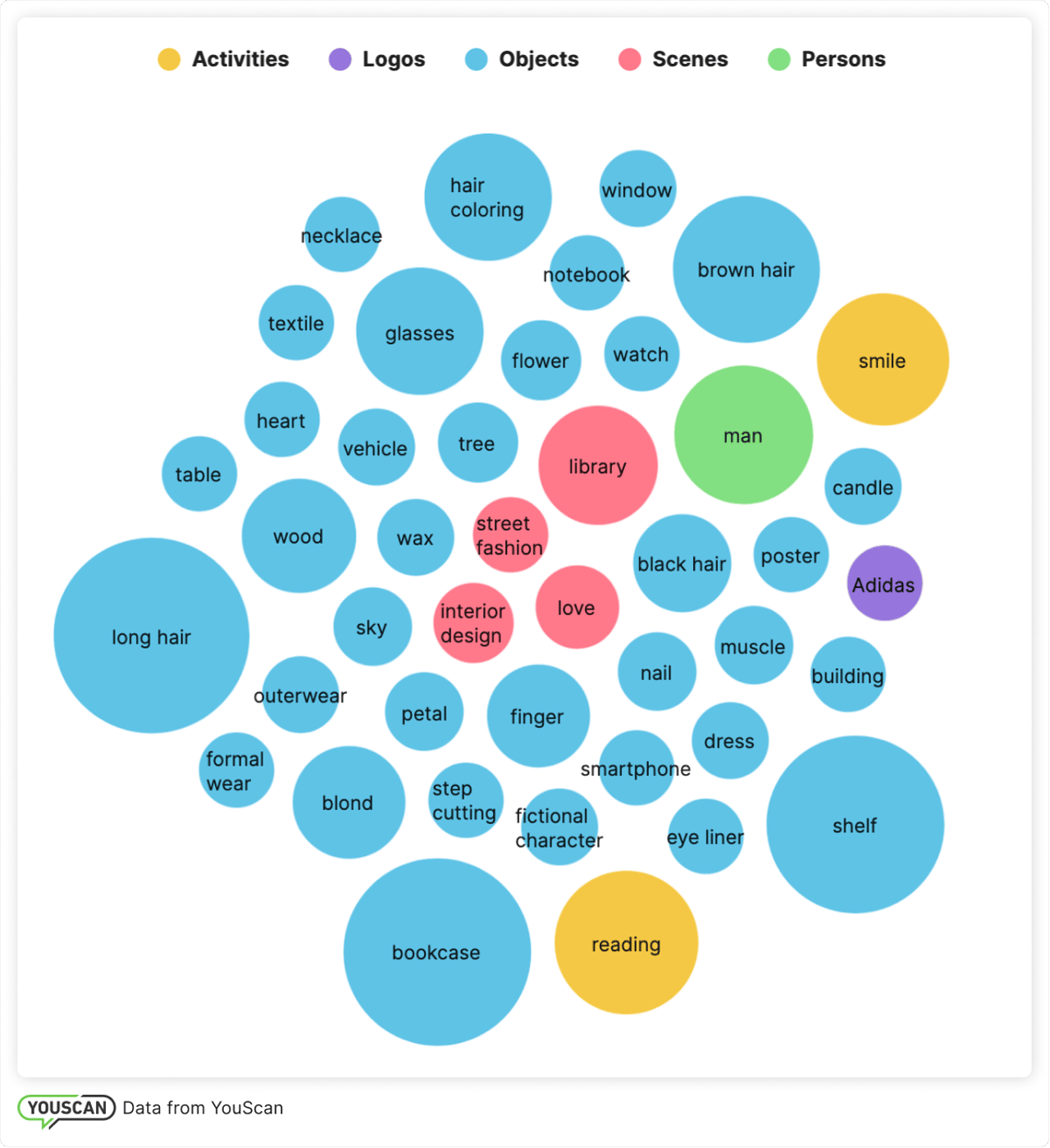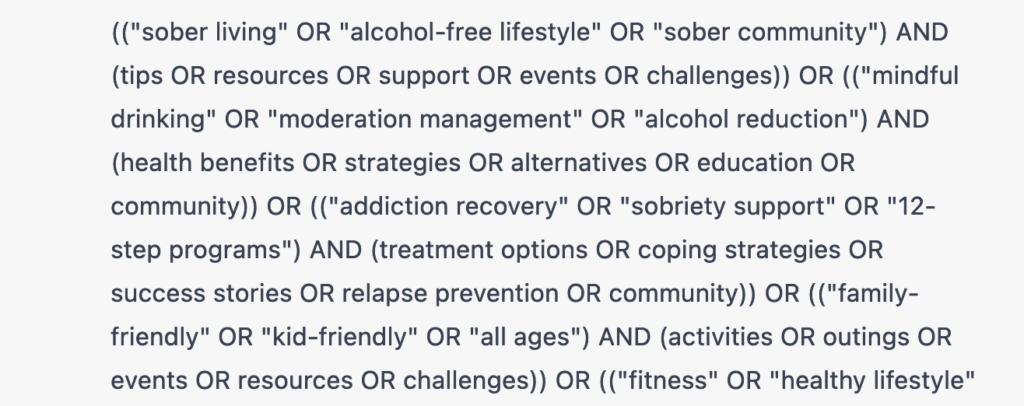
I’ve worked in social media since 2006 and have been a social/digital strategist for the majority of my career.
Being a social strategist is very similar to being most other kinds of strategist, besides the requirement to stay across the updates, algorithms and ever-changing requirements of multiple social networks.
”You still have the same work to do in understanding client goals and the market’s general state and identifying the insights you can leverage to give you the best chance of success. Or, as Mark Pollard puts it,“Strategy is an informed opinion on how to win.”You still have the same work to do in understanding client goals and the market’s general state and identifying the insights you can leverage to give you the best chance of success. Or, as Mark Pollard puts it, “Strategy is an informed opinion on how to win.”
So, how am I different, and why should you care?
I’ve used social listening in some form for almost the entire span of my career. I believe that the better we understand our audience, the better the strategy we can create, the better the content/product/insights we can produce, ultimately leading to the best results we can achieve.
Usually, social listening pros and social strategists are two different professions. One will brief the other on the sort of insights that they’re looking for; the social listening person will generate the insights based on what they think the strategist wants and relay them back to the strategist, who will use them to create their strategy. This increases the chance of miscommunication and often means the most valuable insights stay hidden.
On top of this, social listening is usually only available to people who can afford advertising or creative agencies, as alongside the cost of the software and data, you’re also looking at the cost of two people’s time.
With me, you’re getting the whole department in one person.
As an experienced strategist, I’ll shape the search to deliver precisely what we need and pivot if the search shows us a different direction. But the real magic happens in that I can take the insights I’ve generated and create a strategy that takes all of them and the nuances that don’t make it into the deck into account. There’s no disconnect or miscommunication between the insights and strategy teams when they are the same person!
So you, the end client, are getting an incredibly well-researched piece of work that gives you tangible goals and KPIs to work to, that take into account not only all the things we’ve learned about our category and audience through social listening but also how many posts we need to put out, in what format, and how TikTok differs from Instagram, and if we need to be on LinkedIn as well.
In many situations, I’ll even be able to recommend a social media manager to take care of the day-to-day posting for you. I can work with you on an ongoing basis to ensure that you’re taking advantage of any platform shifts and updates, review our KPIs, and evolve our strategy if our learnings show that this is required.
So, if you want agency-quality work without the agency price tag, message me and let’s talk.












